A drone captures images of the world’s most isolated tribes with no contact to civilization
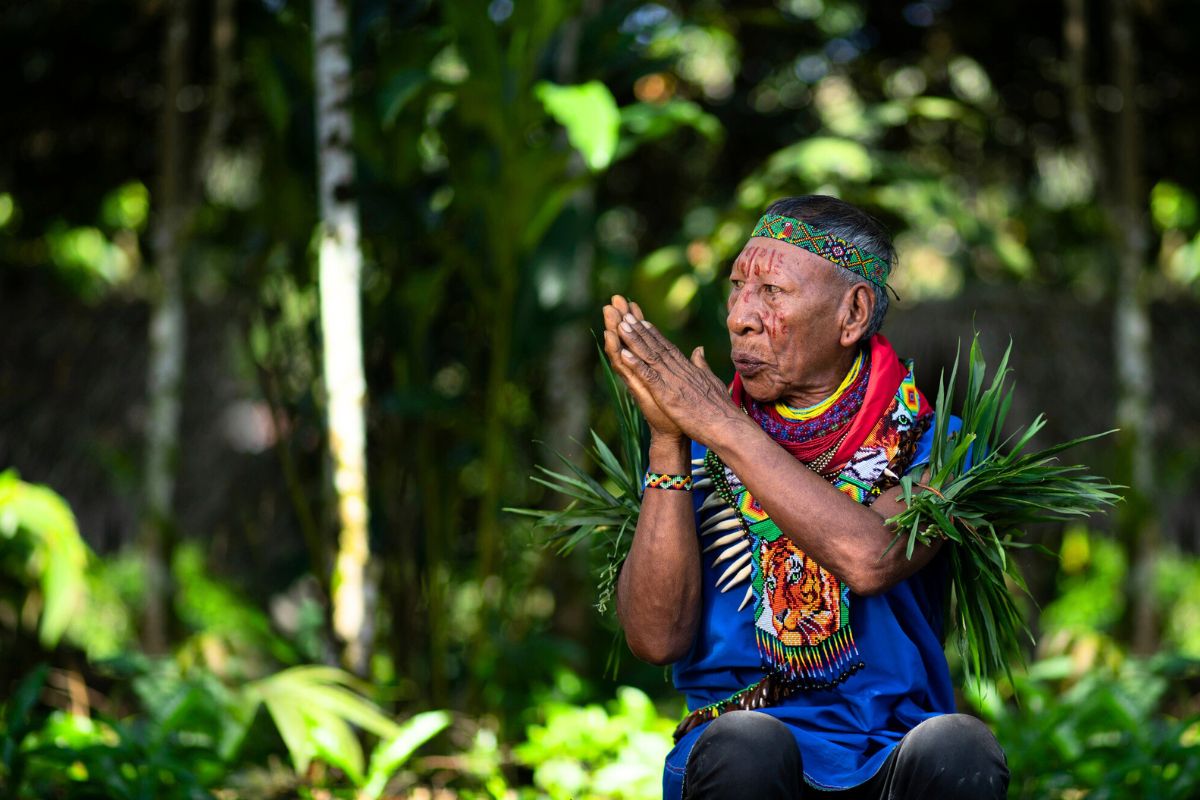
High above some of the planet’s most remote corners, a drone has captured rare footage of tribal communities that have never made contact with the modern world. The result is both mesmerizing and unsettling — a glimpse into lives that have remained untouched by the globalized, consumer-driven culture most of us take for granted.
First-ever aerial encounter
The footage, recorded in 2018 by filmmaker G. Miranda for the advocacy group Survival International, documents some of the most inaccessible peoples on Earth. Compiled into a short film that has since drawn more than 3.7 million views on YouTube, the video takes viewers from the dense Amazon rainforest in Brazil’s Javari Valley to the remote waters of the Bay of Bengal.
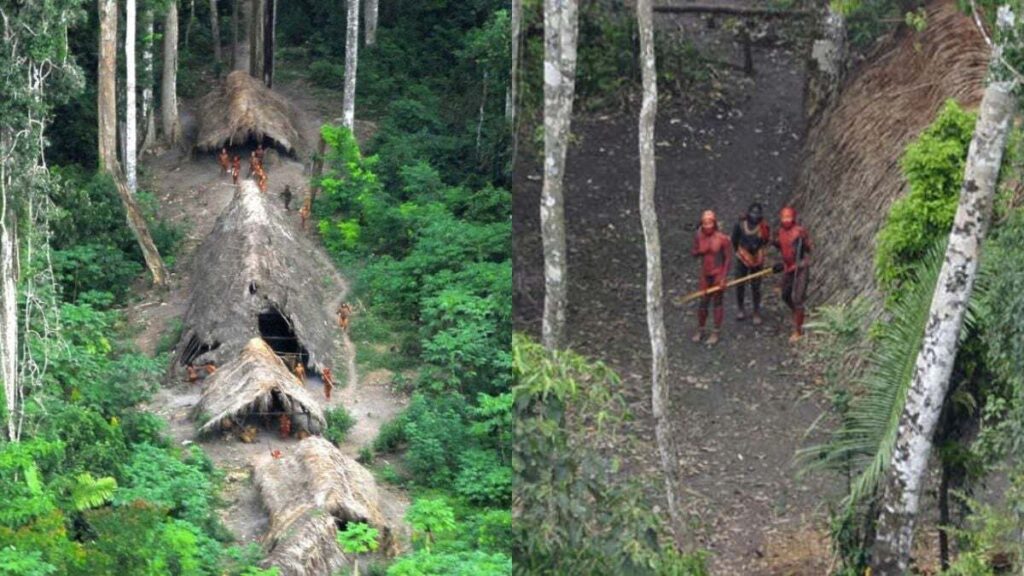
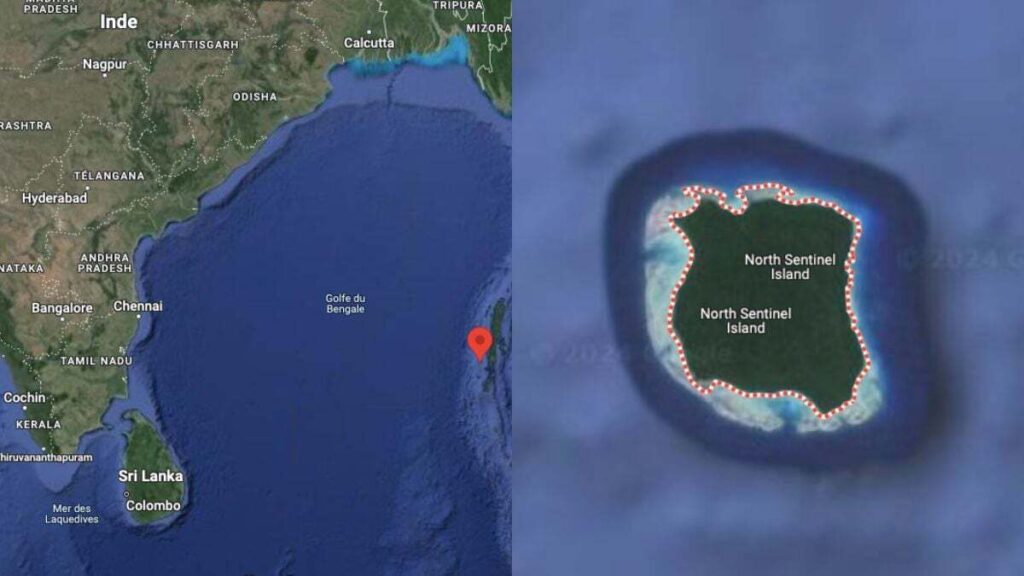
Among the communities filmed is the fiercely independent Sentinelese tribe, who inhabit North Sentinel Island in India’s Andaman and Nicobar archipelago. Known for their unwavering hostility toward outsiders, the Sentinelese have resisted all contact, defending their shores with force against anyone who dares approach. In November 2018, American missionary John Allen Chau was killed while attempting to land on the island to convert the tribe to Christianity — a tragedy that underscored just how vast the gulf remains between their way of life and ours.
Peoples on the brink
Survival International estimates that more than 150 million people — less than 2% of the world’s population — live within self-sustaining, indigenous societies across over sixty countries. Some of these groups are among the most secluded, including the little-known Shompen tribe of the Nicobar Islands. Like the Sentinelese, they reject all interaction with outsiders. However, their future now hangs in the balance due to a proposed large-scale urban development project threatening their land.
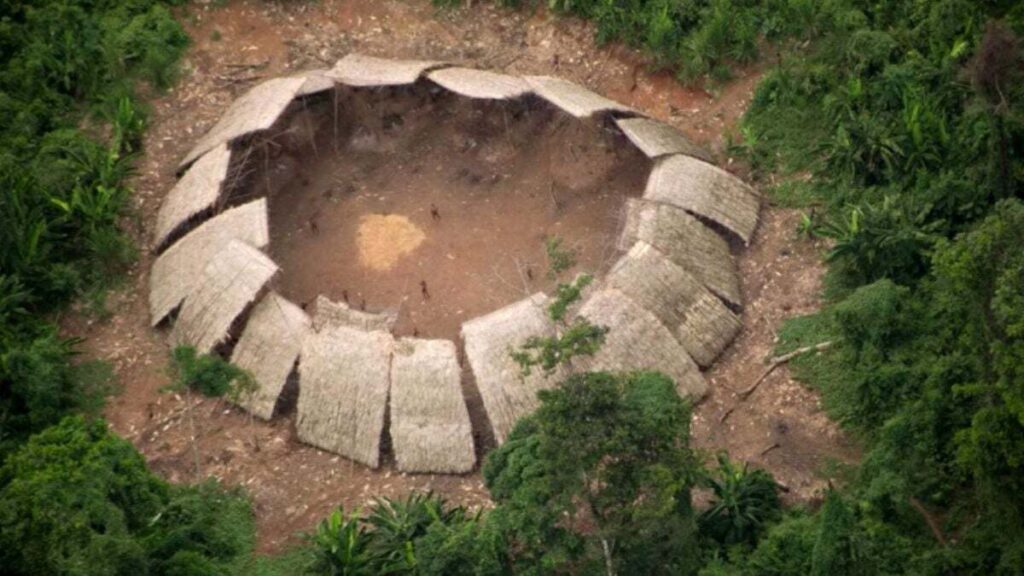
The drone footage raises a pressing question: in an age where satellite imagery, logging, and expanding industry are erasing isolation, can these autonomous cultures survive?
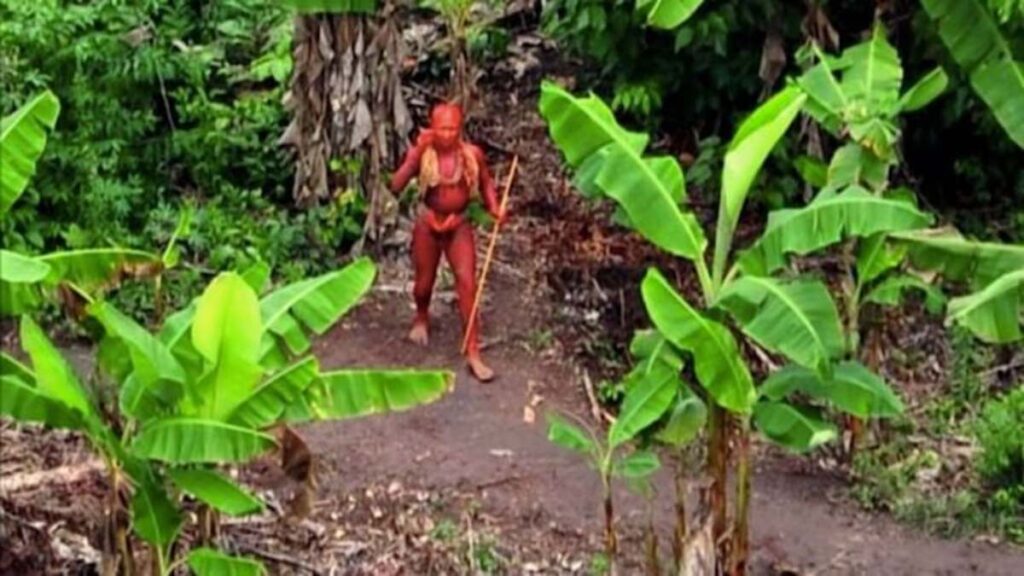
A fragile coexistence
While these films fascinate millions, they also highlight a moral dilemma — documenting these tribes can raise awareness, but it also risks unwanted exposure. For many, the safest and most respectful approach is to protect their territories from intrusion rather than seek engagement.
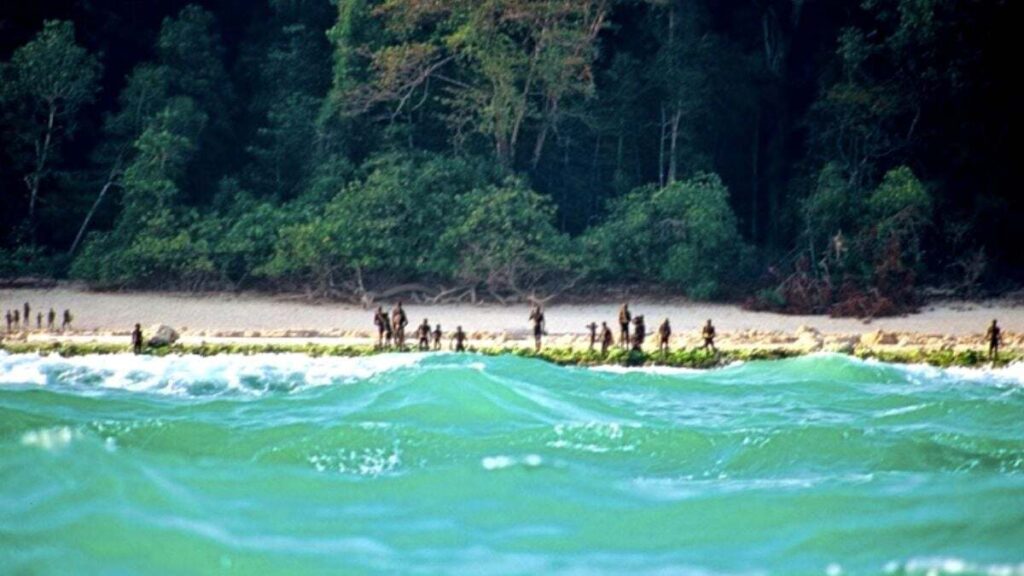
The aerial images serve as a reminder that, despite the reach of modern civilization, there are still pockets of humanity living entirely apart from it — and that their continued existence depends on the world’s willingness to leave them alone.
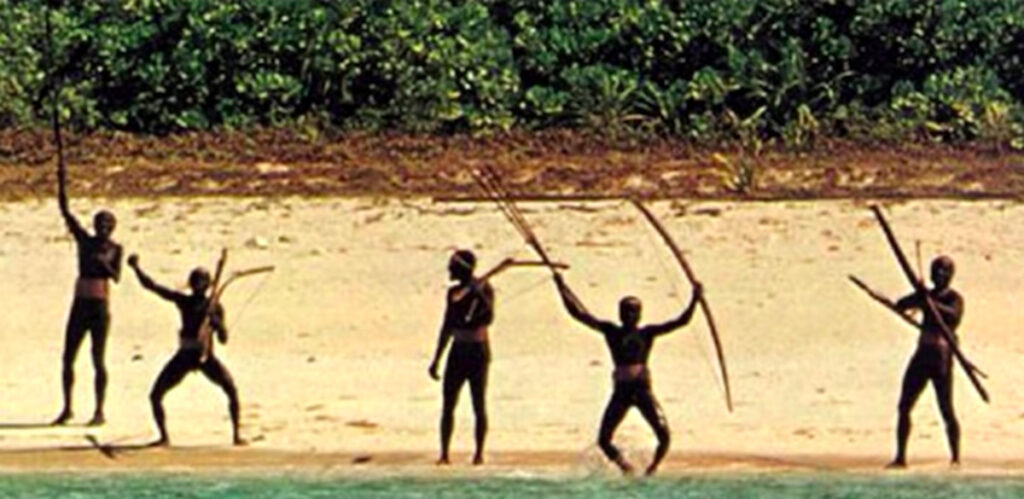
Because once contact is made, their isolation — and perhaps their culture itself — can never truly be restored.
Loading...

